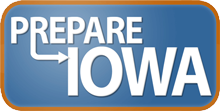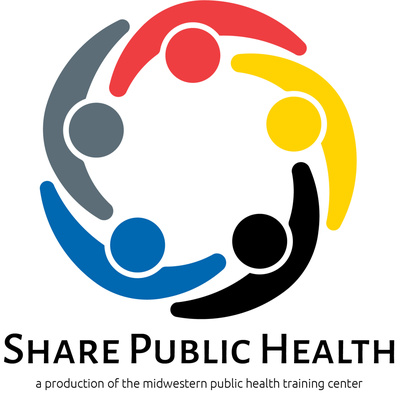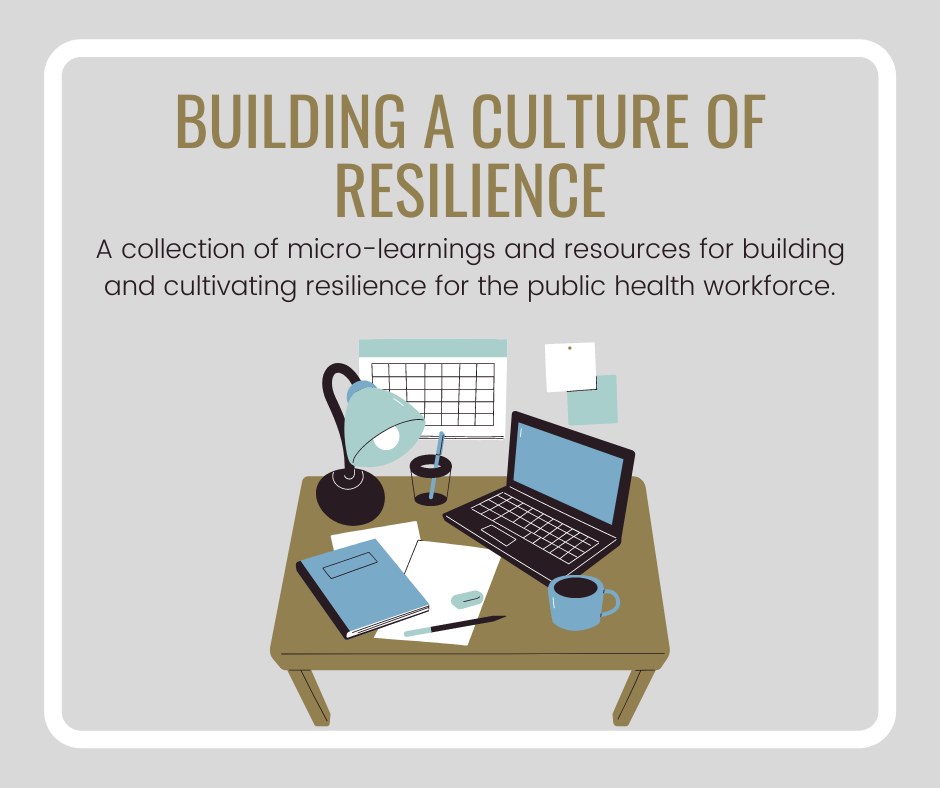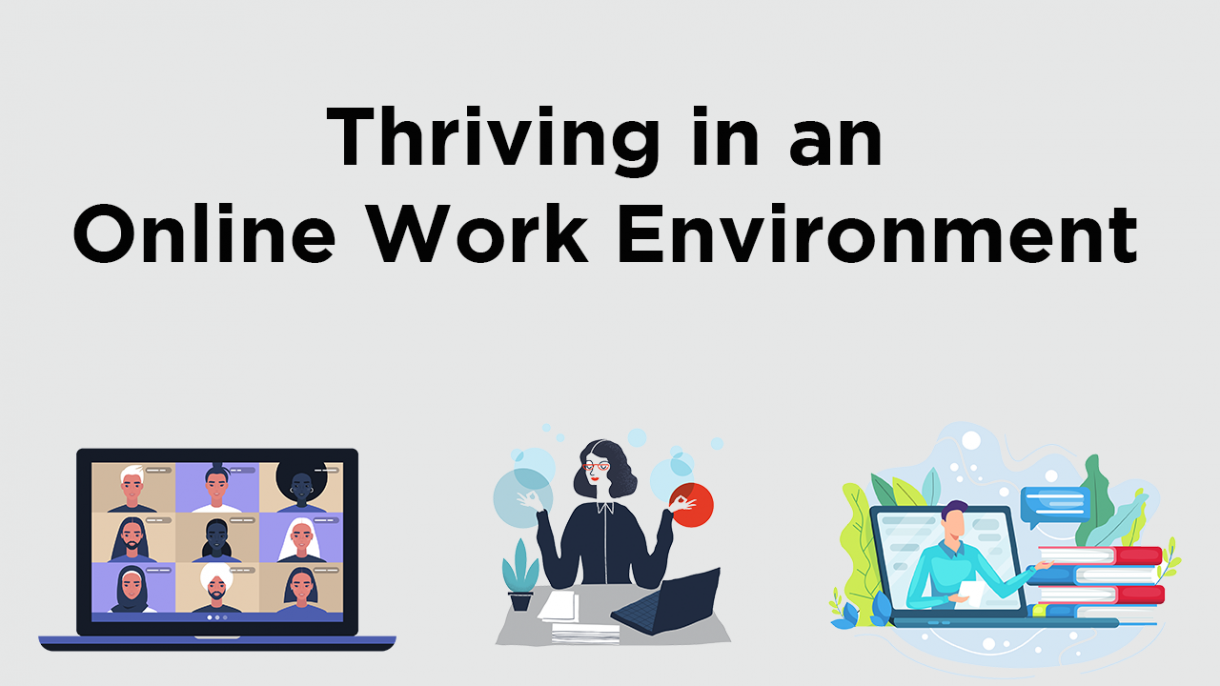 Anatomy of a Foodborne Outbreak
Anatomy of a Foodborne Outbreak
Sentinel laboratories are usually the first to receive patient samples related to foodborne illness and therefore, they fill a vital role in the early detection and investigation of foodborne outbreaks. In this short course, you will see the story of three victims of illness related to food contamination. By following the steps leading from initial food ingestion, to an epidemiological investigation and the final identification of the contaminated food, you will learn the importance of making timely and appropriate decisions for submissions to the state public health laboratory. The course also offers a training section and a checklist for the detection, isolation and submission of STECs. When you have completed the course, you will be able to print a certificate suitable for your competency training records.
 Electronic Bioterrorism Workshop for Sentinel Labs
Electronic Bioterrorism Workshop for Sentinel Labs
This course is intended for laboratorians who handle biological and microbiological samples in clinical, reference, public health, animal, research or teaching laboratories. The course consists of a Virtual Bioterrorism Workshop. In this interactive workshop you will determine whether to rule out or refer several organisms that are considered potential agents of bioterrorism by applying Laboratory Response Network protocols for Level A (sentinel) laboratories. When a possible agent of bioterrorism cannot be ruled out, you will view a video describing the clinical presentation and etiology of the agent.
 The Role of Sentinel Labs in Emergency Response
The Role of Sentinel Labs in Emergency Response
This course provides an introduction to the Laboratory Response Network (LRN) architecture. Upon completion of the course, learners will be able to: describe and define a Sentinel Laboratory, understand the roles of basic and advanced Sentinel Laboratories in an emergency response, and identify and understand the use of available resources and reference materials relevvant to Sentinel Laboratories during emergency response.
 Introduction to Public Health Laboratories
Introduction to Public Health Laboratories
Specifically designed for busy laboratorians, this course provides an introduction to the national laboratory system, an overview of how it functions, and information about a laboratorian's role within the public health lab system.
 Biosafety: Avoiding Lab Aquired Infections
Biosafety: Avoiding Lab Aquired Infections
This course prepares laboratorians to understand the dangers posed by working pathogens commonly encountered in the laboratory and recovgnize how the consisten use of safe work practices can provide proection. Upon completion of the course, learners will be able to differentiate between the four biosafety levels in laboratories and know when each is used; explain how a biosafety cabinet (BSC) works, know how to use it properly and recognize when it is required for safety; identify several dangerous pathogens that have contributed to laboratory-acquired infections and recognize thet "trigger points" for safe-handling which are associated with each one; and define the responsibilities of management in creating a safe laboratory environment.





